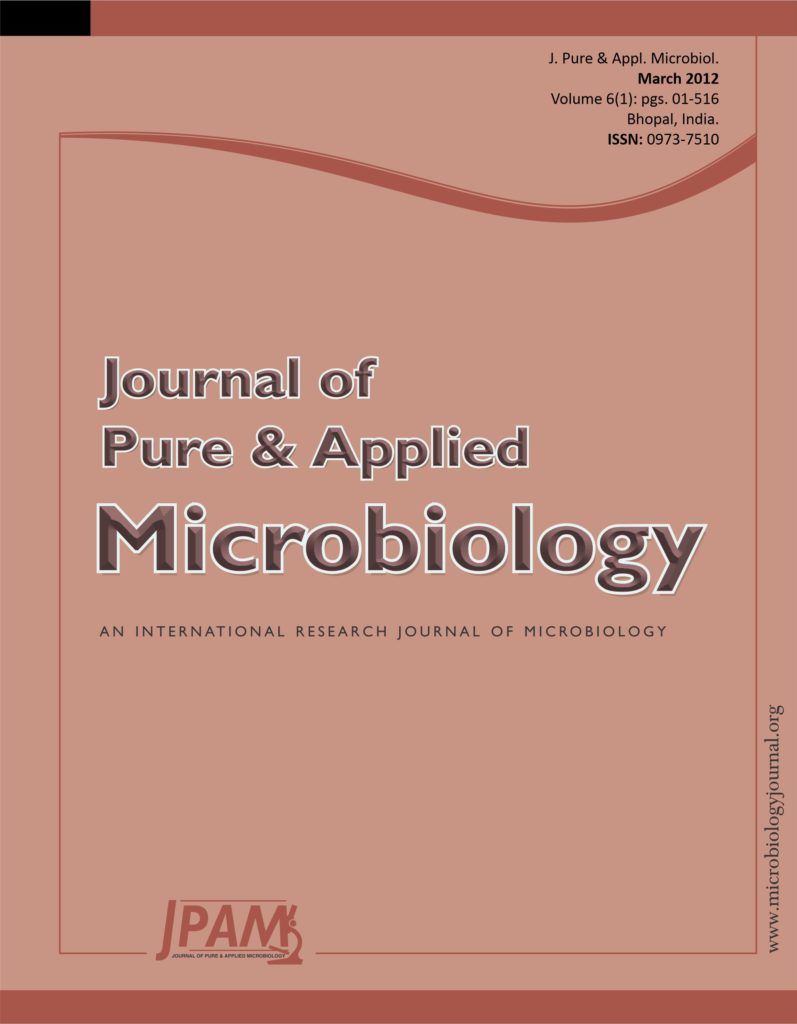In the present study, we investigated the effect of dosing time on the pharmacokinetics of components of the Chinese herbal formulation termed da-cheng-qi decoction (DCQD). DCQD was administered orally to rats at a dosage of 20 g/kg under a 12 h:12 h light-dark cycle at 20:00, 00:00, 08:00 and 12:00 hours (0, 4, 12 and 16 hours after light onset). Plasma samples were analyzed for aloe emodin and emodin contents by high performance liquid chromatography (HPLC). The kinetic profiles were best described by a two-compartment model. Linear regression, two-way analysis of variance(ANOVA), non-linear regression analysis, and multiple comparisons of pharmacokinetic data revealed significant dosing time variations. Times to peak concentration (Cmax) varied from 0.35 to 0.54 hours for aloe emodin and from 0.45 to 0.51 hours for emodin after administration at the selected times. Substantial time-dependent differences in the Cmax from 4.17 ± 0.82 to 0.23 ± 0.05 mg/L for aloe emodin and from 0.97 ± 0.24 to 0.27 ± 0.05 mg/L for emodin were observed. Furthermore, the area under the time-concentration curve decreased in a time-dependent manner from 7.79 ± 1.91 to 0.52 ± 0.05 mg l-1 h-1 for aloe emodin and from 2.81 ± 0.62 to 0.86 ± 0.18 mg l-1 h-1 for emodin. Findings strongly support a circadian influence on the pharmacokinetics of aloe emodin and emodin after oral dosing with DCQT, with exposure to the herbal components being greater during the rest cycle.
Da-cheng-qi Decoction, Chronopharmacokinetics, Chinese herbal formula, HPLC
© The Author(s) 2012. Open Access. This article is distributed under the terms of the Creative Commons Attribution 4.0 International License which permits unrestricted use, sharing, distribution, and reproduction in any medium, provided you give appropriate credit to the original author(s) and the source, provide a link to the Creative Commons license, and indicate if changes were made.


